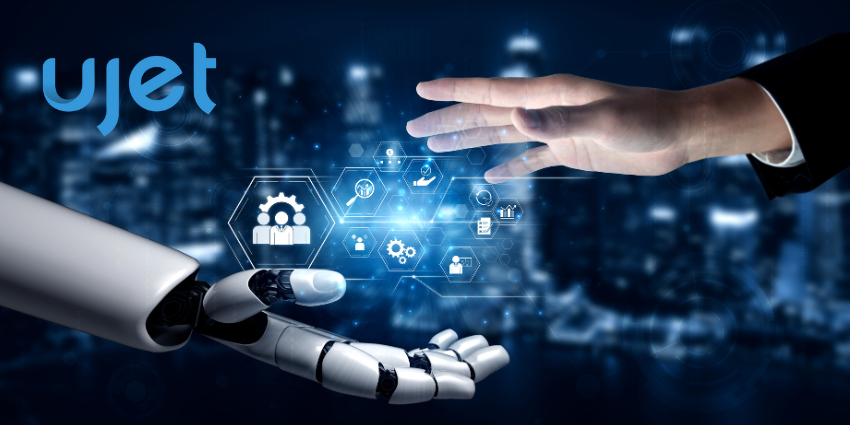Sam Altman, CEO of OpenAI, has made several quips around the future of customer service.
First, he predicted human customer support will be “totally, totally gone”. Next, Altman suggested that he is “confident” contact center jobs will be the first to be replaced by AI.
With leading AI voices making such predictions, AI experiments are ramping up, CIOs are paying more attention to the contact center, and leaders are honing in on deflection and containment rates.
Yet, while these are helpful metrics, they’re not a strategy. A hyperfocus on these measures can lead to poor customer experiences. As Goodhart’s Law suggests, when a measure becomes a target, it ceases to become a good measure.
In this case, by valuing automation above all else, contact centers risk high-value calls getting diverted away from agents. These may be make-or-break to customer loyalty or offer a significant upsell opportunity.
As such, contact centers should be clear on why customers are contacting the business and the value each of those contacts has.
Breaking Down Customer Demand
Take the contact center’s most common contact drivers and consider which have the most value to the company and which have the most value to the customer.
Those with low value to both are prime candidates to eliminate completely. Contact automation is a powerful solution here. However, by tracing back the root cause of the issue, through an analytics initiative, the service team can often remove the need to reach out to the business altogether. That’s pre-emptive customer support at its finest!
For those with high value to the company or customer, look to simplify the process. Again, a virtual agent flow may be an effective solution. However, also consider opportunities for proactive customer service, detecting signals in back-end systems to automate the entire process without the customer lifting a finger.
Finally, there are those calls of high value to the company and customer, where loyalty is won and lost. That’s where the human touch shines, and human reps will ideally be equipped and ready to deal with these common contacts as they reach them.
Supporting Agents to Deliver in the Moments That Matter
Handling high-value customer contacts well starts long before an agent picks up the phone. The experience should be carefully orchestrated.
When an front-end generative virtual agent deciphers the customer intent, leveraging a LLM trained on business and customer specific data, it will ideally engage with the customer to take information from them that’s pertinent to the intent and helpful to the agent.
That agent should also understand which channel is best to handle the incoming query and route it accordingly, bolstering the possibility of a successful outcome.
From there, the contact reaches the agent, who should have all the necessary information at hand (and the coaching) to guide the customer through the contact.
Along the way, generative agent assist tooling uses the LLM to synthesize the trained data set with the ongoing conversation and available customer metadata, which serves up helpful information at the moment of need, and support the agent in handling objections. As such, they can focus on listening to the customer, showing empathy, and building real connections.
That vision may seem like a distant prospect for those still leveraging on-premise technology and first-generation cloud solutions. Yet, it’s one that some vendors are making a possibility every day.
Work with a Partner That Gets It
In 2015, UJET broke into the contact center technology market with a solution designed around the modern smartphone, enabling a multimodal experience and simplifying channel shift. Still, that differentiates its CCaaS platform.
Since then, it has built out its solution further, leveraging a tight relationship with Google to apply the latest generative AI advancements to the contact center via virtual agents, agent-assistance, conversational intelligence, and much more.
Its cloud contact center has resonated especially well in the midmarket, where companies are more agile and ready to embrace a strategy to best balance the strengths of human and AI agents.
For more on its transformative contact center technologies, visit: ujet.cx

